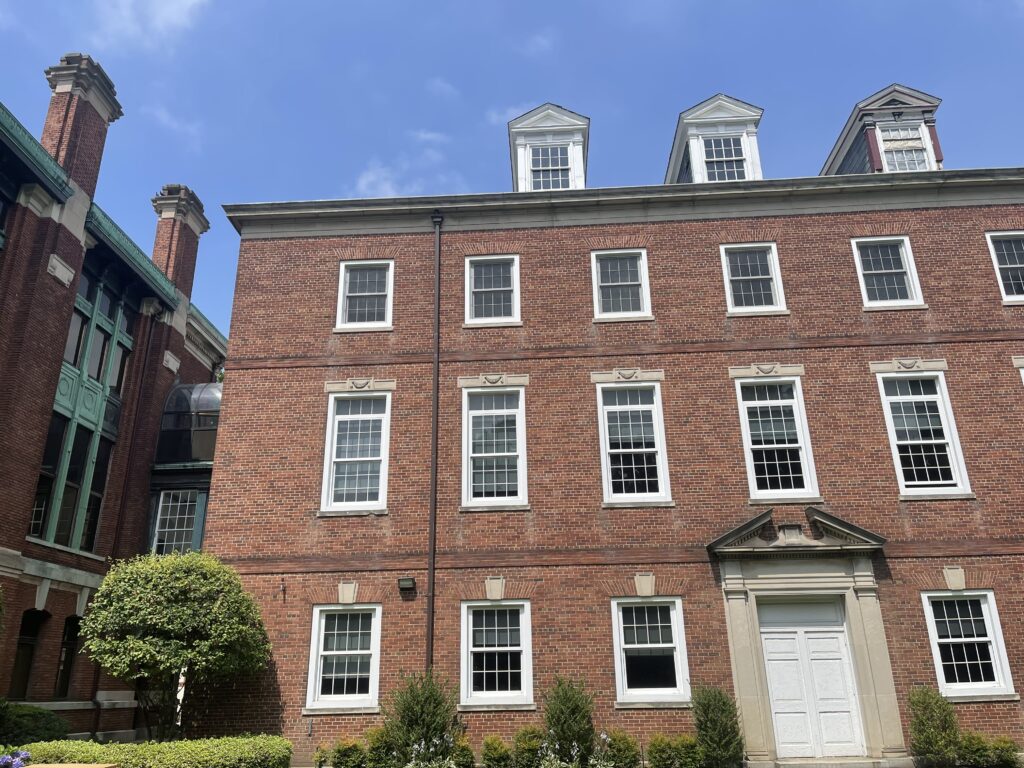I recently visited Stevens Institute of Technology in Hoboken, New Jersey, where I toured the campus and spoke with the admissions office about the latest trends in admissions. Here are some takeaways from my visit:
· Stevens is a STEM-focused university located on the Hudson River directly across from Manhattan, where students frequently intern or co-op. Students can walk to the 24-hour PATH subway in only 15 minutes to be in lower Manhattan in just 30 minutes.
· Stevens’ campus–despite being located in urban Hoboken–is self-contained and can be traversed in about 10 minutes. Buildings are a mix of older and more modern, with many overlooking the Hudson River and neighboring New York City.
· Stevens enrolls just over 4,000 undergrads in four schools: engineering, business, humanities/arts/social sciences and systems enterprises. While all programs have a substantial tech focus, they often bridge the divide between STEM and arts and humanities, such as those in music and technology, visual arts and technology, science communication and science/tech/society. Other notable programs include concentrations in naval engineering and optical engineering, as well as a popular major in quantitative finance that combines computer science with mathematics and finance (graduates often go on to work as “quants” on Wall Street). Stevens’ business and technology major allows students to combine sub-specialties in both fields, choosing from 35 different possible combinations. Mechanical engineering is also popular, as Stevens was the first institution in the United States to offer this degree.
· The average class size is 25, with some introductory courses running closer to 50-60 students.
· Learning is hands-on, with a focus on teamwork, innovation and entrepreneurship.
· All engineering students complete a series of core engineering courses, regardless of their specialization. As part of this process, students learn about other engineering specialities and work as a team to complete hands-on projects.
· Co-ops are available for engineering and computer science students. Students pursuing co-ops will graduate in five years but spend two semesters working full time for pay in their intended career field.
· Greek life is big at Stevens, with 37% of students participating. Fraternity Row lines the front of the campus.
· Only 37% of students are female, but this number has risen in recent years. There are two on-campus living learning communities for women in STEM.
· There are over 150 student organizations. On weekends, students relax through on-campus parties, club events and performances and trips into New York City.
